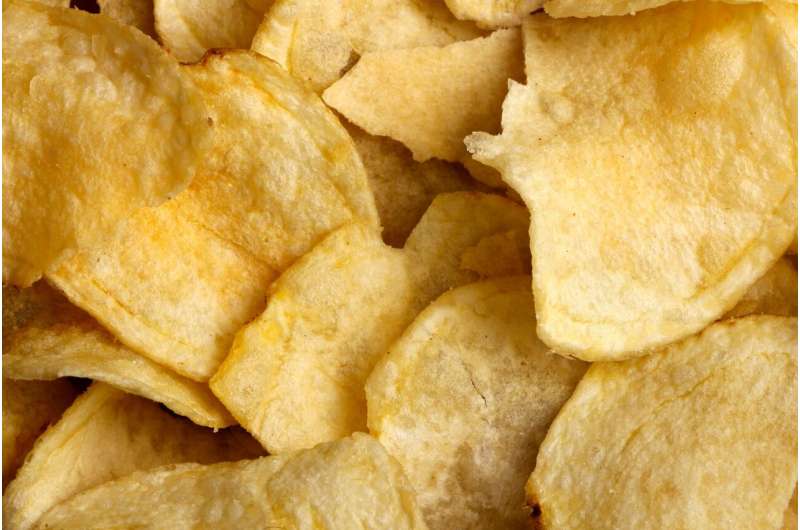U.S. Government Moves Toward Banning Additional Synthetic Food Dyes

The Biden administration is preparing to take significant steps to phase out artificial food dyes from the United States food supply, according to government officials. This initiative follows ongoing concerns about the safety of synthetic dyes used to enhance the visual appeal of processed foods.
Health and Human Services Secretary Robert F. Kennedy Jr. and FDA Commissioner Dr. Marty Makary are expected to discuss further details about this planned policy shift on Tuesday. Their announcement comes after a notable move by the FDA in January to ban the use of Red Dye No. 3, a dye linked to cancer in animal studies, marking a major regulatory action on synthetic dyes.
Kennedy has publicly criticized the petroleum-based dyes widely used in food production, emphasizing potential health risks. In March, he supported legislation in West Virginia that became the first state to ban some of these dyes, citing research associating certain dyes with behavioral and learning issues in children.
The push against synthetic dyes is gaining momentum nationally, with over half of U.S. states, regardless of political affiliation, advocating for restrictions. The Environmental Working Group (EWG) reports increasing efforts across states.
Industry representatives, including the National Confectioners Association, have emphasized that the FDA should be the ultimate authority on food safety regulations. Nonetheless, critics point out that artificial dyes such as Red No. 3, Red No. 40, Green No. 3, Blue No. 2, Yellow No. 5, and Yellow No. 6 have been associated with health concerns, including cancer, tumors, and behavioral issues.
Food policy experts like Marion Nestle support the move towards banning petroleum-based dyes, noting that many alternative, non-petroleum dyes are already used safely in other countries. She advocates for this change as a straightforward public health improvement, although she highlights the need for tackling more complex issues like ultra-processed foods.
Most of these dyes are present in candies, sodas, and other highly processed, low-nutrition foods. Consumers are encouraged to scrutinize product labels to avoid these additives. For more information, the FDA provides details about color additives in foods.
This proposed ban reflects ongoing concerns about food safety and public health and could lead to significant changes in the food industry's ingredient sourcing and product formulations.
Stay Updated with Mia's Feed
Get the latest health & wellness insights delivered straight to your inbox.
Related Articles
Updated Global Dietary Guidelines Advocate for More Plant-Based Foods and Reduced Meat Consumption
Recent global dietary guidelines highlight the benefits of increasing plant-based foods and reducing meat consumption to improve health and protect the environment.
New Study Highlights Poor Nutrition and Environmental Impact of Food in Healthcare Settings
A new German study reveals that hospital and nursing home food often lacks essential plant-based foods and contributes to environmental degradation, highlighting the need for sustainable, health-promoting diet reforms in healthcare settings.
US Ice Cream Brands Commit to Eliminating Synthetic Dyes Following Advocacy Efforts
Major US ice cream manufacturers are phasing out artificial dyes by 2027 following health advocacy efforts, aiming to promote healthier food options for consumers.



